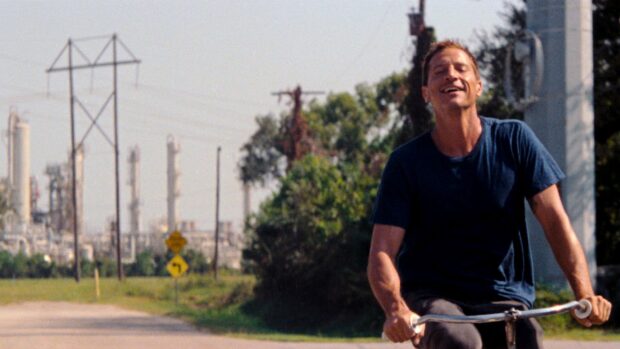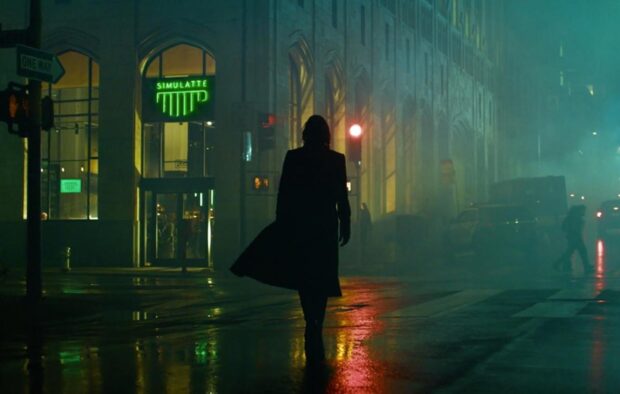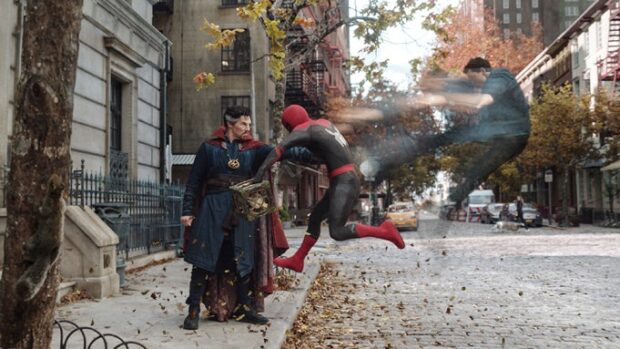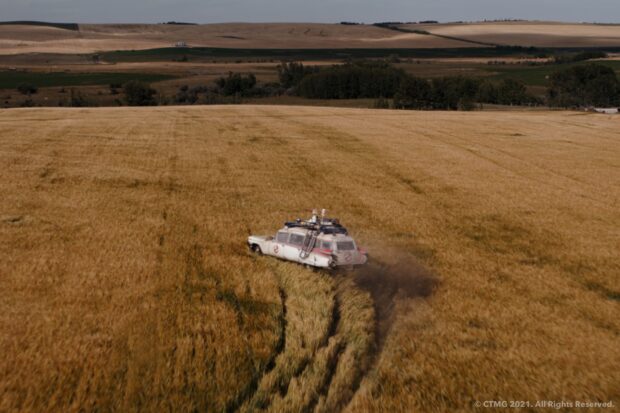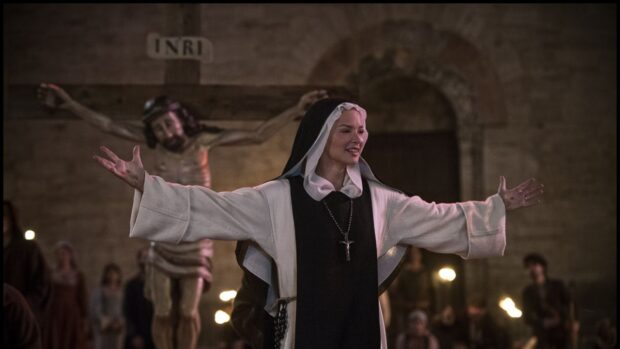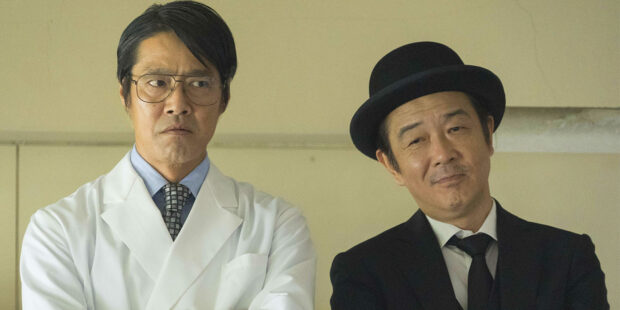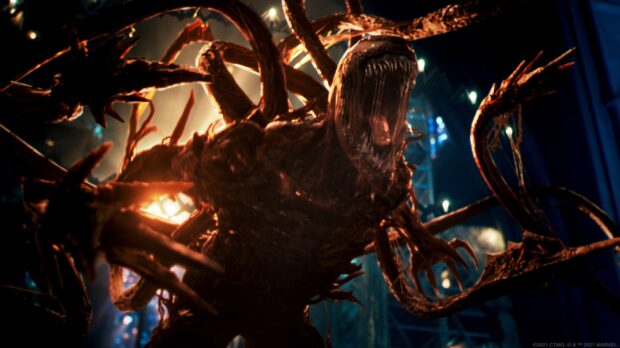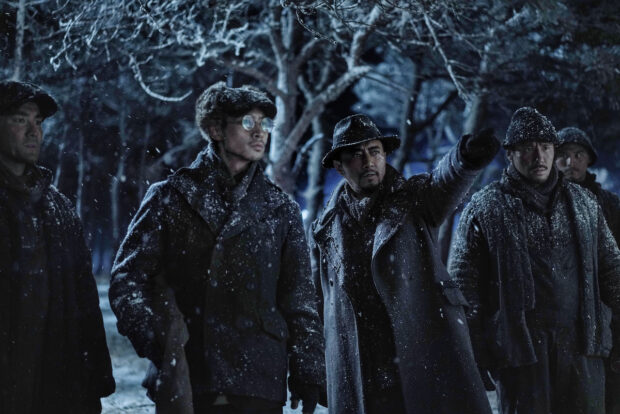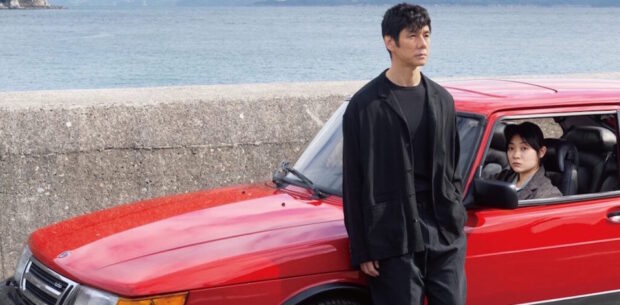Following the powerhouse The Florida Project a few years ago, filmmaker Sean Baker had set the bar pretty high for himself. So, in following up on his lyrical and intense portrait of life on the fringes, Baker once again puts his laser focus on a less likeable sets of characters, albeit no less fascinating than his previous protagonists.
In RED ROCKET, adult film star Mikey Saber (Simon Rex) returns home to a small town in Texas to leech off his ex partner Lexi (Bree Elrod) and her mother. Literally nobody wants him there, including the local drug dealers he works for to eke out a living.
The one exception is the relationship he begins with the 17-year-old Strawberry (Suzanna Son), the girl who works at the donut shop. As he begins to groom her for his own benefit, ultimately wanting to convince her to do porn, he engages in a not-so-delicate balancing act of lies and manipulation. Naturally, everything goes horribly wrong in a series of crises of Mikey’s own making.
The journey of Mikey mirrors that of actor Rex in some ways. Rex began his career as a nude model and appeared in several solo pornographic films before rising to fame as a VJ. Since then, he has pursued a career as an actor and rapper, and here returns with one of the most unlikely leads of the year. Modelled on the idea of a ‘suitcase pimp,’ being a male talent who lives off female talents in the adult film world, this leech of a character is not an easy one for audiences to take a liking to. Which is perfectly fine.
We have always loved watching bad people doing bad things, so it stands to reason that one so firmly rooted in this reality is never anything less than compelling. The thing is, we all know a Mikey: someone who brags about his sketchy accomplishments (“21 million views on PornHub!”) while holding out the other hand for freebies. When the film literally steers off the road and into a truly horrific act, we briefly think that Mikey has learned something, but he still maintains his pathological need for self-preservation.
Set against the 2016 election, Mikey’s persona could be seen as a subtle bit of commentary on the four years that followed. This film takes place prior to the height #MeToo movement, and although Mikey’s behaviour was never acceptable, his grooming of Strawberry is tacitly permitted by everyone around them. He openly brags to his only other ‘friend,’ another loser Mikey uses as a driver and who in turn scrapes together money from the ‘stolen valour’ of being a military imposter. You might even believe that given enough time, Mikey could con his way into higher office.
While not as long The Florida Project, Baker takes a measured pace, lingering on moments and allowing cinematographer Drew Daniels to capture the Texan fringes in all their sun-baked monotony. Mikey’s primary form of transport is an undersized bicycle, so it quite literally takes him longer to get anywhere. (If you’ve ever been to Texas, you’ll know that things aren’t exactly bundled closely together).
RED ROCKET ends on an ambiguously optimistic note, with a backwards version of NSYNC’s ‘Bye Bye Bye’ playing over a vision of Strawberry. The song, which serves as something of an incongruously hilarious theme, was the opening track to the 2000 album No Strings Attached. Which is how Mikey lives his life, as wandering suitcase pimp who has worked hard at not having to work hard for a long time.
2021 | USA | DIRECTOR: Sean Baker | WRITERS: Chris Bergoch, Sean Baker | CAST: Simon Rex, Bree Elrod, Suzanna Son | DISTRIBUTOR: Roadshow Films (AUS), A24 (US) | RUNNING TIME: 128 minutes | RELEASE DATE: 10 December 2021 (US), 6 January 2022 (AUS)

